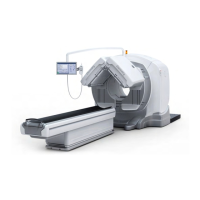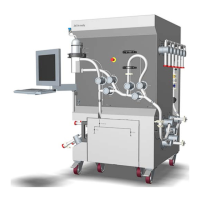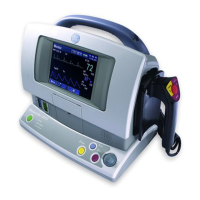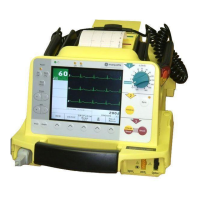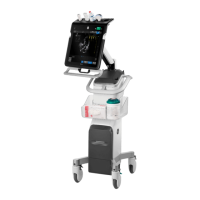3 Cardiac Scan Parameters
Use these parameters to select Cardiac Scan Type and to review and setup Primary Recon and
any Secondary Recons.
3.1 Scan Type
1. From the
Scan Settings
window, click the
Scan Type
collection.
2.
Select
Cardiac
.
3.
Click [Apply].
3.2 Primary Recon
From the
Scan Settings
window, click the
Primary Recon
collection and make any changes as
needed.
See Cardiac Recon for more details.
3.3 Secondary Recon
From the image monitor, in the
Reconstruction and Image Processing
area, you can edit, add,
or delete Secondary Recons.
Right-clicking on an existing recon task or adding a new one opens the editing panel to the right
of the task list.
Any needed recon setting changes can be made within the editing panel.
Prior to the scan, Primary and Secondary Recon allow the following selections for cardiac phase
type:
Center Phase (1, All)
,
Earliest to Latest
, or
Earliest to Latest (All)
.
After the scan, additional cardiac phase type selections are available. See Cardiac Recon for
more details.
3.4 Cardiac scan modes
Cardiac Axial
•
Use Cardiac Axial imaging for low dose cardiac or cardiovascular imaging when the system
data acquisition timing will use the patient’s ECG signal.
•
Cardiac Axial imaging can acquire data at one or multiple cardiac phases or phase ranges
within a single cardiac cycle.
•
Cardiac Axial imaging can be used to simultaneously acquire images of cardiac function by
imaging at a low dose throughout one complete cardiac cycle.
•
Cardiac Axial imaging can be used to obtain images during consecutive cardiac cycles.
•
Cardiac Axial imaging with AutoGating uses a patient’s heart rate and heart rate variation to
determine the patient-specific cardiac scan duration, providing robust acquisition of the
cardiac phases that will be most useful for clinical assessment.
•
Cardiac Axial imaging incorporates automatic adjustment of the system collimation to
acquire low dose cardiac scans within a single heartbeat, and to acquire larger scan ranges
with automated, dose-optimized collimation with a minimum number of interscan table
position boundaries.
Revolution CT User Manual
Direction 5480385-1EN, Revision 1
Chapter 13 Cardiac 345
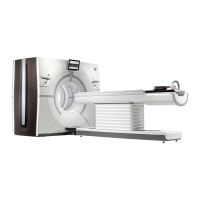
